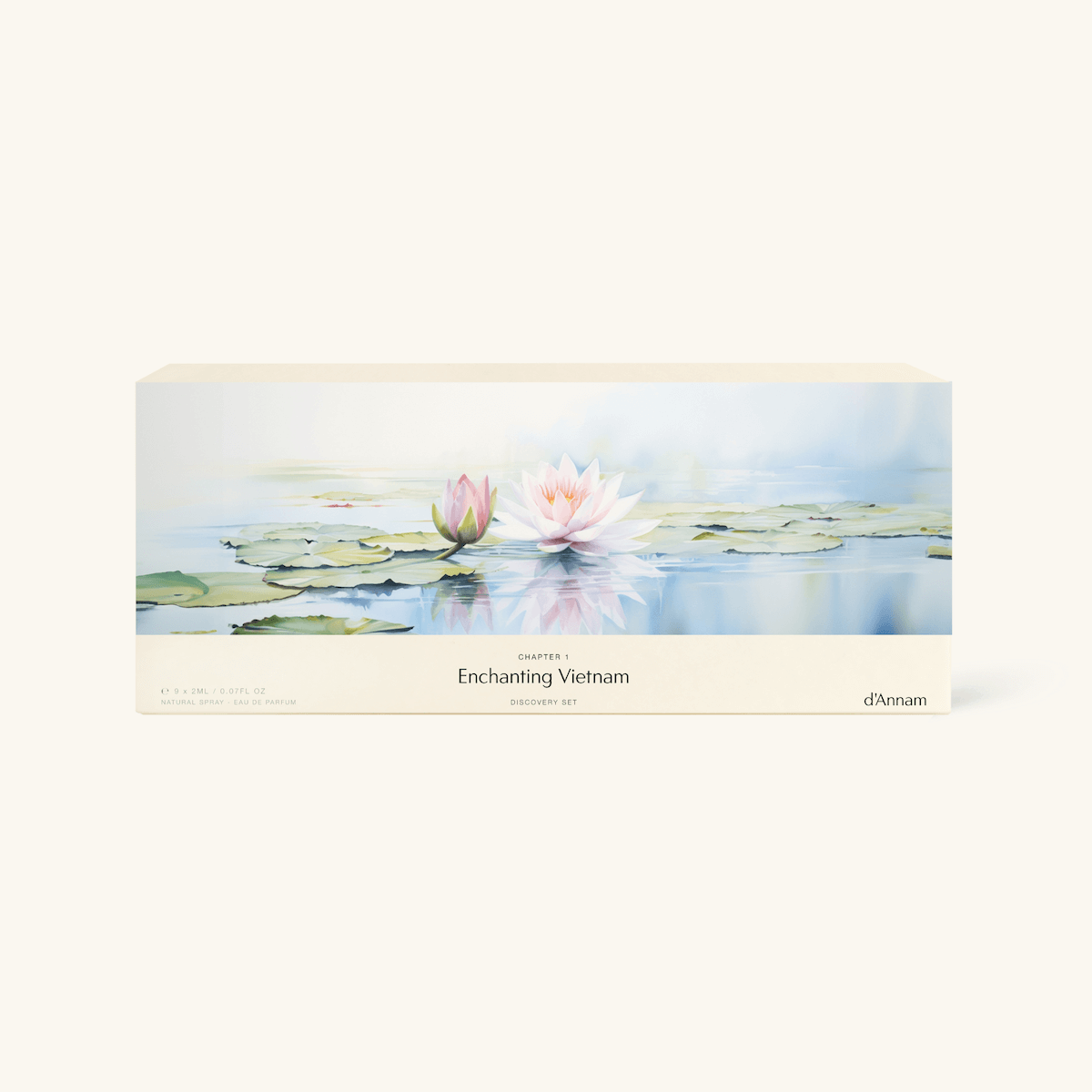Have you ever found yourself standing in front of a fragrance display, puzzled by the various terms such as perfume, cologne, and eau de toilette? If so, fear not, my curious friends, for today we will unravel the secrets behind these fragrance categories and help you navigate the exciting world of scents.
What's in a Name? Understanding Fragrance Terminology
Before we delve into the different fragrance categories, let's first make sense of the terminology commonly used in the perfume industry. You might have noticed terms such as perfume, cologne, eau de toilette, and eau de parfum on fragrance bottles, but what do they actually mean?
Perfume: Perfume, also known as parfum, is the highest concentration of fragrance oils, typically ranging from 15% to 30%. It contains a rich blend of aromatic ingredients, resulting in a highly potent and long-lasting scent. Due to its high concentration, perfume is typically applied sparingly to pulse points and can linger on the skin for hours or even an entire day.
Eau de Parfum (EDP): Eau de parfum is the next level of fragrance concentration, typically containing around 10% to 20% fragrance oils. It is slightly less intense than perfume, but still offers a long-lasting scent that can grace your skin for several hours.
Eau de Toilette (EDT): Eau de toilette falls in the middle range of fragrance concentration, usually containing around 5% to 15% fragrance oils. It is lighter and less overpowering than perfume and eau de parfum, making it suitable for everyday wear. Eau de toilette is often more affordable than the higher concentrations, making it a popular choice for many fragrance enthusiasts.
Cologne: Cologne, or eau de cologne, typically refers to fragrances with a lower concentration of fragrance oils, usually around 2% to 5%. Colognes are generally lighter and fresher, making them a popular choice for daytime use or in warm weather. They often contain citrusy and herbal notes that provide a refreshing and invigorating experience.
Now that we understand the basics of fragrance terminology, let's explore these fragrance categories in more detail.
Perfume: The Essence of Luxury
Perfume, with its high concentration of fragrance oils, is the epitome of luxury in the world of scents. It offers an unrivaled depth and complexity, making it perfect for those special occasions or when you want your fragrance to linger throughout the day.
Due to its potent nature, perfume is typically applied sparingly to pulse points such as the wrists, behind the ears, or the base of the throat. A small dab or spray is often enough to envelop you in a cloud of fragrance that gradually unfolds and develops on your skin.
Perfumes are often crafted with a multi-layered structure, allowing different notes to evolve over time. The top notes provide an initial burst of fragrance, followed by the heart or middle notes, which are the core of the fragrance. Finally, the base notes anchor the scent, creating a lasting impression. The high concentration of fragrance oils in perfumes ensures that these different notes gradually reveal themselves over time, adding to the complexity and allure of the fragrance.
Eau de Parfum (EDP): A Versatile Choice
Eau de parfum strikes a balance between the intensity of perfume and the lighter touch of eau de toilette. It offers a rich and well-rounded scent that lasts for several hours, making it an ideal choice for those who want a fragrance to accompany them throughout their day.
EDPs are typically applied to the same pulse points as perfume, allowing the fragrance to interact with your body heat and release its aromatic bouquet. The slightly lower concentration of fragrance oils compared to perfume means that you can apply slightly more liberally, without overwhelming your senses or those around you.
Eau de Toilette (EDT): Everyday Elegance
Eau de toilette is the perfect choice for everyday wear, offering a lighter and fresher fragrance experience. It is often more versatile and can be worn in various settings, whether you're heading to the office or meeting friends for a casual outing.
The lower concentration of fragrance oils in eau de toilette results in a fragrance that is more subtle and less powerful than perfume or eau de parfum. This makes it a great option for those who prefer a more discreet scent that lingers subtly throughout the day.
EDTs can be applied generously to the pulse points, allowing the aroma to unfold gently and mingle with your body's natural scent. They are often favored during warmer months or in situations where you want a fragrance that is invigorating and fresh.
Cologne: A Refreshing Burst of Fragrance
Cologne, also known as eau de cologne, refers to fragrances with a lower concentration of fragrance oils. Colognes offer a lighter and more refreshing experience, often featuring citrusy and herbal notes that awaken the senses.
Colognes are typically applied more liberally, as their lighter nature allows for a more generous application. They are an excellent choice for splashes or spritzes all over the body, creating an aura of freshness that can uplift your mood and those around you.
Colognes are particularly suitable for daytime use in warm weather or as a post-shower refresher. They provide an invigorating burst of fragrance that lasts for a shorter duration compared to other categories.
In Conclusion
Understanding the different fragrance categories empowers you to make informed choices when selecting a scent that fits your preferences and lifestyle. Perfumes offer the highest concentration and intensity, while eau de parfum strikes a balance between intensity and longevity. Eau de toilette provides a more everyday wear experience, and colognes offer a refreshing burst of fragrance.
Every category has its own unique touch and purpose, allowing you to explore and find scents that resonate with your personality and enhance your style. So the next time you're in search of a fragrance, consider the concentration and characteristics of each category and embark on a sensory adventure that will delight your senses.











